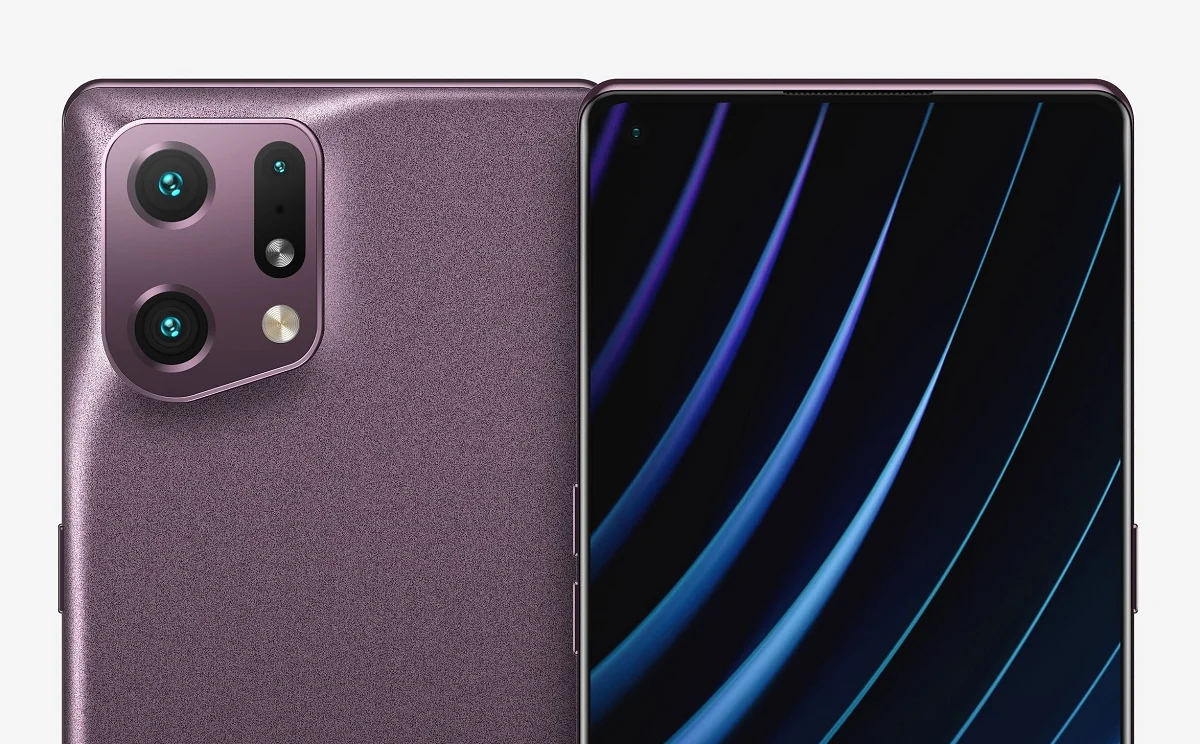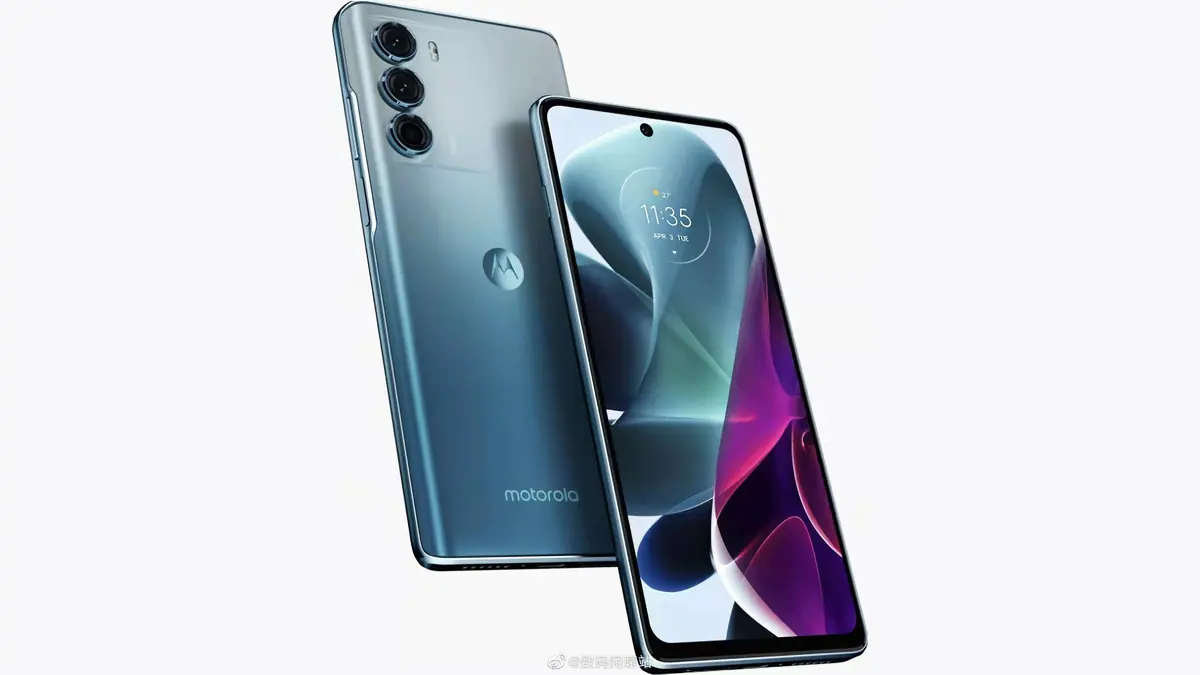I devoted myself to practically testing every single high-end mobile phone that (thankfully) hit the market. And I can’t remember the last time I was surprised by a groundbreaking new feature in photography hardware. Besides possible improvements in sensors (there is still room here), I believe we are starting to exhaust possible formats.
There are even manufacturers trying to sell us new features that were available on phones years ago. This reflection was born after new rumors about the camera of the iPhone 16 Pro: Do not expect any big news for this year.
Megapixel is Apple’s big innovation for 2024. Latest leaks point to a change in the iPhone camera for 2024. The sensor that the ultra wide angle will use will be a 48 megapixel sensor customized by Sony. Beyond that, the main sensor is expected to remain the same.
The full transition to a triple 48-megapixel system will occur in 2025, the year the telephoto lens will make the jump to this resolution. Beyond possible changes to the focal length of this latest lens and changes to the size of the main sensor, the roadmap doesn’t aim to change much.
But the iPhone is not alone: For years we have been seeing how stagnant mobile phone cameras have been, both in terms of results and hardware.
We no longer have room for larger sensors. Let’s be clear: We’re starting to hit the ceiling with the size of sensors. Talking about a “one-inch” sensor seems like a novelty, because they’re not mainstream yet. But the truth is that these sensors were already seen in Sharp phones in 2021, and again there are very few of them.
Consider the sensor structure, processing technologies, etc. It is possible to improve, but one-inch sensors already represent a significant physical commitment on the phone. Their size does not make it easy to implement them without large modules, which makes increasing the size of the rest of the sensors even more complicated and takes up space for the remaining components.
We already have the full focal range. Our phones are capable of shooting from 16mm (ultra wide angle) to almost 1,000mm in some cases. This is a focal range that would cost us several thousand euros and a few lens replacements on a professional camera.
We have a highly angled main sensor, an ultra-wide angle to save more space, and telephoto sensors with three, five, ten times magnification… There are also those who prefer macro, although it is a much less popular feature.
It’s cheaper to make software. Considering that it is very, very difficult for us to continue increasing the size of the sensors, that the quality of the lenses is already excellent, that it does not seem logical to introduce more cameras, and that photography hardware is rapidly reaching its ceiling for years, the solution is through software.
Tweaking algorithms is often cheaper than completely rethinking a photography system’s hardware, and that’s what many manufacturers have been doing for years. Problem? Usual. Cameras are configured to deliver the most striking photos, and this is often completely incompatible with the most natural photography.
Thus we find ourselves faced with an interesting moment in the history of mobile photography; It is in these moments that it is not at all strange to find current mobile phones that perform worse than phones from a year or two ago.
Image | Xataka
On Xataka |What is GCam and how to install it to improve photos of any Android mobile phone















